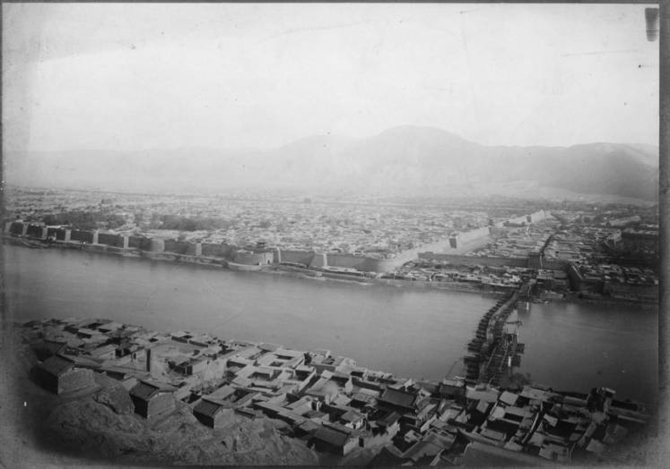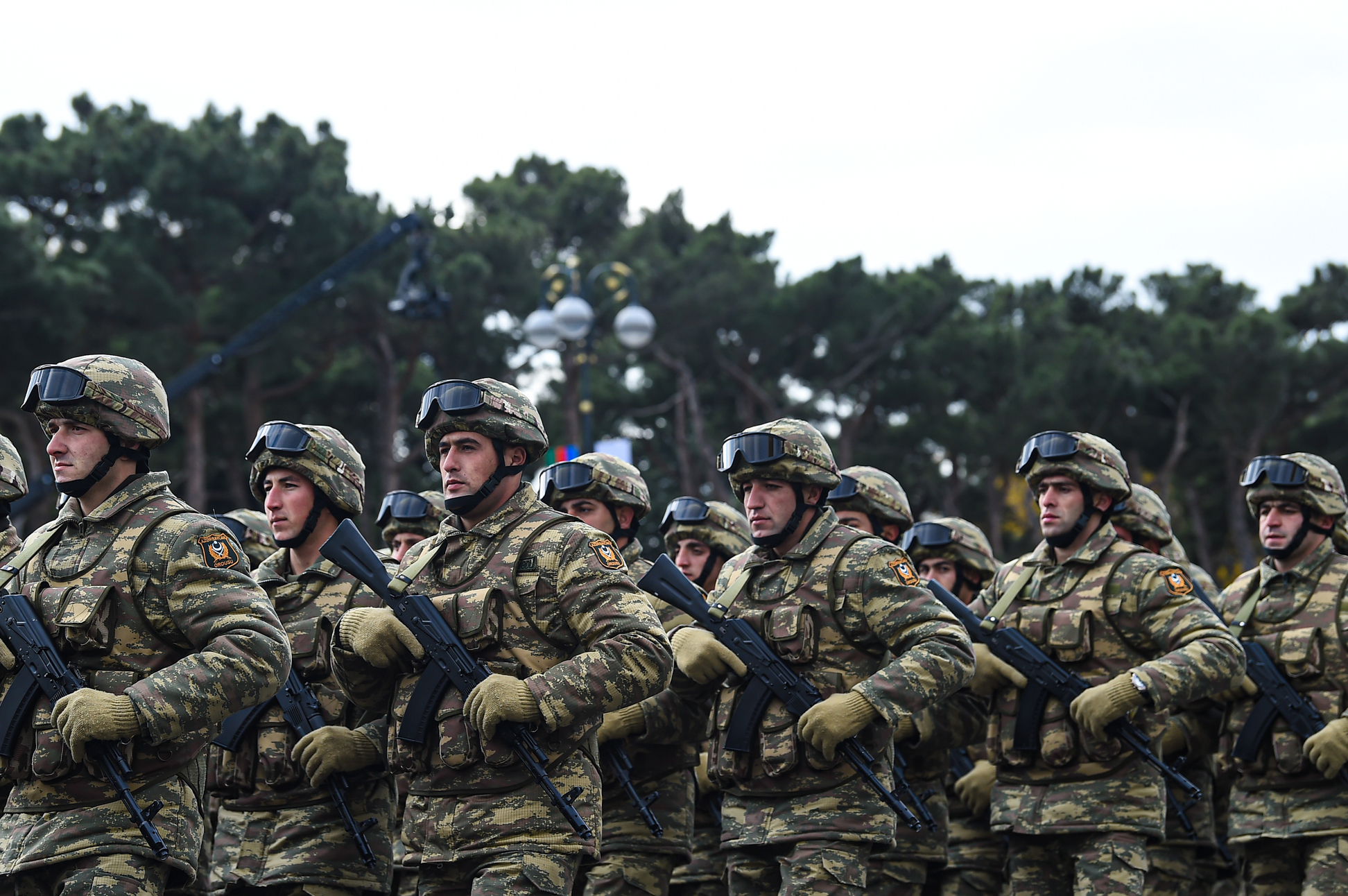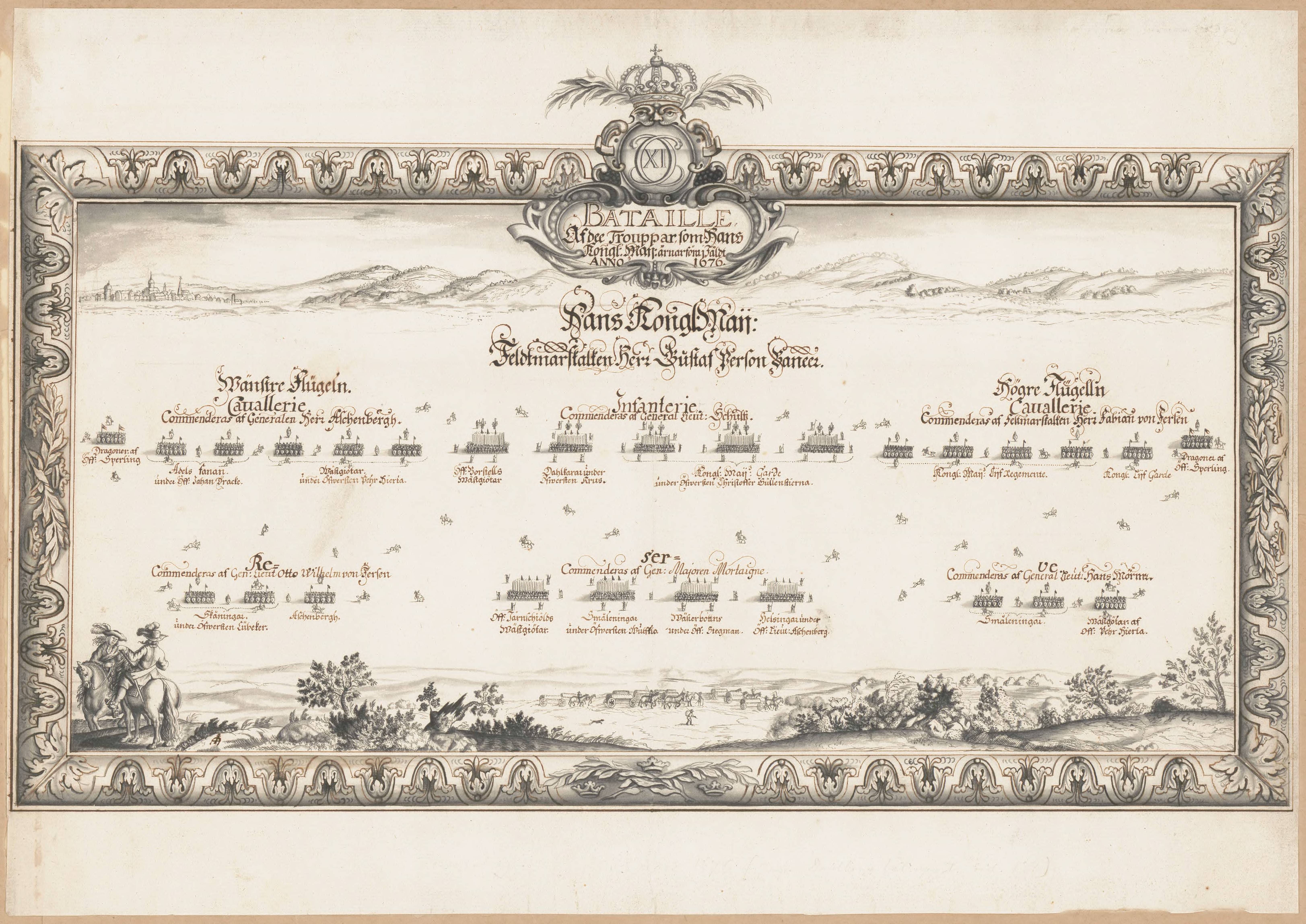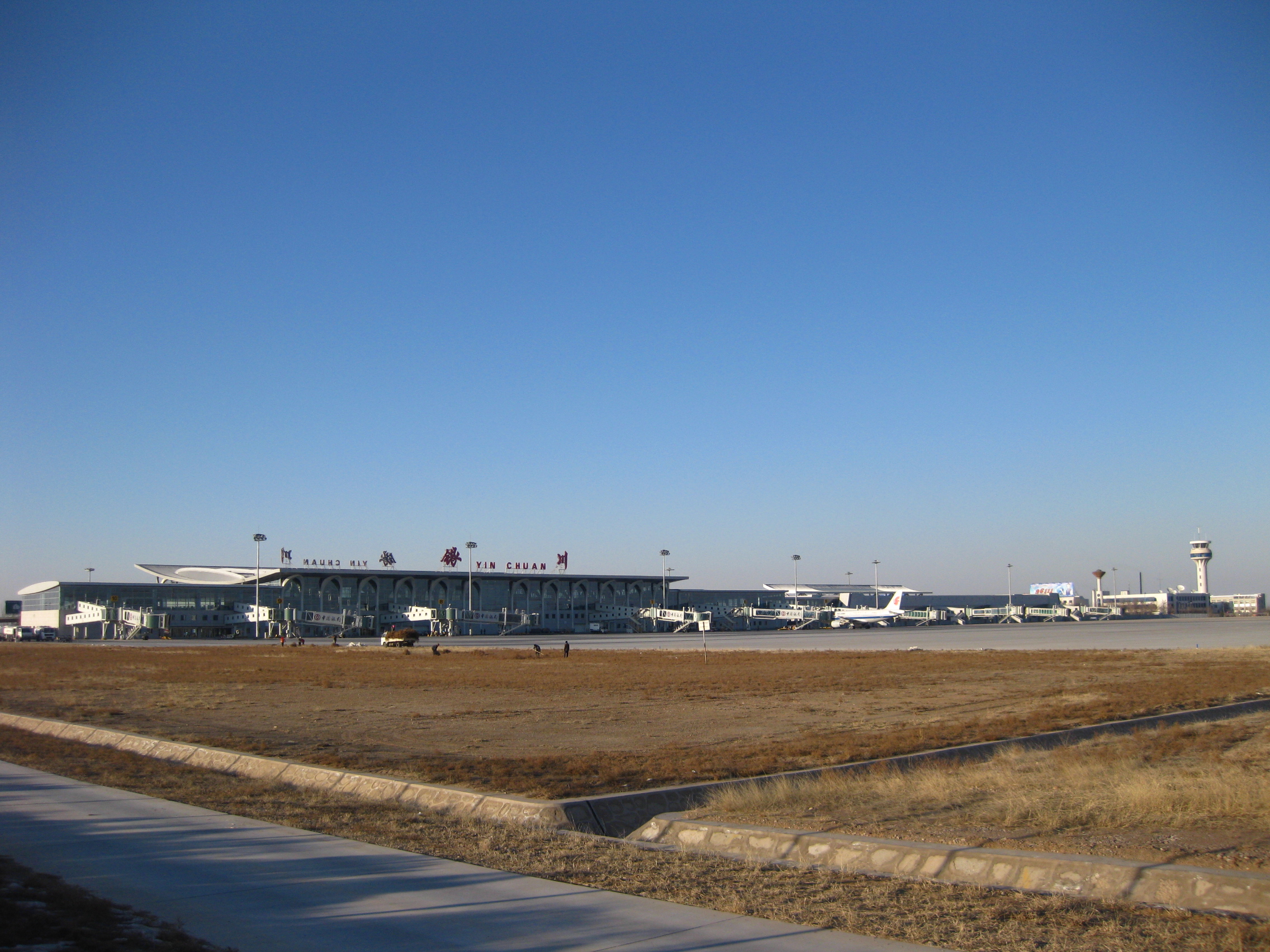|
Lanzhou Campaign
Lanzhou Campaign was a series battle fought between the nationalists and the communists for the control of the largest city in northwestern China during the Chinese Civil War in the post World War II era, and resulted in the communist victory. Prelude After the defeat of Fufeng-Meixian Campaign () in July, 1949, the nationalists under the command of Hu Zongnan were forced to withdraw to the south of Qinling. As Hu Zongnan's force withdrew to western China, the Ma clique's force became the major nationalist force responsible for the defense of the northwestern China. Lanzhou, the largest city in northwestern China was critical to the security of the entire northwestern China and on the northwestern China joint defense conference held in Guangzhou, the nationalist defenders planned to defeat the enemy at the gate of the city of Lanzhou with the help from their comrades-in-arms from southern Shaanxi, southern Gansu and Ningxia. Order of battle Defenders: nationalist order of ... [...More Info...] [...Related Items...] OR: [Wikipedia] [Google] [Baidu] |
Lanzhou
Lanzhou is the capital and largest city of Gansu province in northwestern China. Located on the banks of the Yellow River, it is a key regional transportation hub, connecting areas further west by rail to the eastern half of the country. Historically, it has been a major link on the Northern Silk Road and it stands to become a major hub on the New Eurasian Land Bridge. The city is also a center for heavy industry and petrochemical industry. Lanzhou is the third largest city in Northwest China after Xi'an and Urumqi. Lanzhou is also an important center for scientific research and education in Northwestern China after Xi'an. The city is one of the top 60 major cities in the world by scientific research output as tracked by the Nature Index. It hosts several research institutions, including, Lanzhou University, Northwest Normal University, Lanzhou University of Technology, Gansu Agricultural University, Gansu University of Chinese Medicine, and Lanzhou Jiaotong Uni ... [...More Info...] [...Related Items...] OR: [Wikipedia] [Google] [Baidu] |
Hu Zongnan
Hu Zongnan (; 16 May 1896 – 14 February 1962), courtesy name Shoushan (壽山), was a Chinese general in the National Revolutionary Army and then the Republic of China Army. Together with Chen Cheng and Tang Enbo, Hu, a native of Zhenhai District, Zhenhai, Ningbo, formed the triumvirate of Chiang Kai-shek's most trusted generals during the Second Sino-Japanese War. After the retreat of the Nationalists to Taiwan in 1949, he also served as the President's military strategy advisor until his death in 1962. Campaigns against warlords Hu was in the first graduating class of Whampoa Military Academy (1924). One of Chiang Kai-shek's favourite students, he took part in the Northern Expedition (1926–1927), Northern Expedition as commander of the 2nd Regiment, 1st Division, First Army. In May 1927 he was promoted to deputy commander of 1st Division while retaining command of 2nd Regiment. In November of the same year he was assigned as commander of the 22nd Division and l ... [...More Info...] [...Related Items...] OR: [Wikipedia] [Google] [Baidu] |
Army
An army, ground force or land force is an armed force that fights primarily on land. In the broadest sense, it is the land-based military branch, service branch or armed service of a nation or country. It may also include aviation assets by possessing an army aviation component. Within a national military force, the word army may also mean a field army. Definition In some countries, such as France and China, the term "army", especially in its plural form "armies", has the broader meaning of armed forces as a whole, while retaining the colloquial sense of land forces. To differentiate the colloquial army from the formal concept of military force, the term is qualified, for example in France the land force is called , meaning Land Army, and the air and space force is called , meaning Air and Space Army. The naval force, although not using the term "army", is also included in the broad sense of the term "armies" — thus the French Navy is an integral component of the collect ... [...More Info...] [...Related Items...] OR: [Wikipedia] [Google] [Baidu] |
Lintao County
Lintao County () is administratively under the control of Dingxi, Gansu province, China. History Pottery from the Majiayao culture (3300 to 2000 BC) has been found in Lintao. Until the 20th century, Lintao was known as Didao (). The Battle of Didao was fought in the area in 255 CE, during the Three Kingdoms era. In the 8th century, an anonymous poet of the Tang dynasty places General Geshu Han and the Chinese army in Lintao, battling the Tibetans. Poet Li Bai references Lintao in his poem, "Ballads of Four Seasons: Winter." Located at an important Tao River crossing, Didao City (i.e., today's Taoyang Town) was an important trade center during the Northern Song dynasty (ca. 11–12th century), when the more northern route of the Silk Route was blocked by the Xi Xia state. It is known to have been home to hundreds of foreign merchants at the time, some of whom may have been the ancestors of today's Hui people of Gansu. Geography The county is located mostly on the right ... [...More Info...] [...Related Items...] OR: [Wikipedia] [Google] [Baidu] |
Ma Hongkui
Ma Hongkui ( zh, s=马鸿逵 , t=馬鴻逵 , p=Mǎ Hóngkuí , w=Ma Hung-k'uei , first=t, Xiao'erjing: ; March 14, 1892 – January 14, 1970) was a prominent Hui people, Chinese Muslim warlord during the Republic of China (1912–1949), Republic of China era, ruling the province of Ningxia. His rank was lieutenant general. His courtesy name was Shao-yun (少雲). In 1950, Hongkui migrated to the United States, where he lived until he died in 1970. He was considered by some sources to be among China's best generals. Life Born March 14, 1892, in the village of Hanchiachi, in Linxia County (known as Hezhou), Gansu. The "Who's Who in China" series of books says "Taoho Hsien" (Daohe Xian) is where he was born. His father was Gen. Ma Fuxiang. A Hui people, Hui, Ma Hongkui graduated from Lanzhou Military Academy (aka Gansu Military Academy) in 1909, and became commander of the Ningxia Modern Army and commander of the 7th Division after the founding of the republic. He was in B ... [...More Info...] [...Related Items...] OR: [Wikipedia] [Google] [Baidu] |
Brigade
A brigade is a major tactical military unit, military formation that typically comprises three to six battalions plus supporting elements. It is roughly equivalent to an enlarged or reinforced regiment. Two or more brigades may constitute a Division (military), division. Brigades formed into divisions are usually infantry or armored (sometimes referred to as combined arms brigades). In addition to combat units, they may include combat support units or sub-units, such as artillery and engineers, and logistic units. Historically, such brigades have been called brigade-groups. On operations, a brigade may comprise both organic elements and attached elements, including some temporarily attached for a specific task. Brigades may also be specialized and comprise battalions of a single branch, for example cavalry, mechanized, armored, artillery, air defence, aviation, engineers, signals or logistic. Some brigades are classified as independent or separate and operate independentl ... [...More Info...] [...Related Items...] OR: [Wikipedia] [Google] [Baidu] |
Division (military)
A division is a large military unit or Formation (military), formation, usually consisting of between 10,000 and 25,000 soldiers. In most armies, a division is composed of several regiments or brigades; in turn, several divisions typically make up a corps. Historically, the division has been the default combined arms unit capable of independent Military tactics, operations. Smaller combined arms units, such as the American regimental combat team (RCT) during World War II, were used when conditions favored them. In recent times, modern Western militaries have begun adopting the smaller brigade combat team (similar to the RCT) as the default combined arms unit, with the division to which they belong being less important. A similar word, ''Divizion, //'', is also used in Slavic languages (such as Russian, Serbo-Croatian, and Polish) for a battalion-size artillery or cavalry unit. In naval usage "division (naval), division" has a completely different range of meanings. Aboard ship ... [...More Info...] [...Related Items...] OR: [Wikipedia] [Google] [Baidu] |
Order Of Battle
Order of battle of an armed force participating in a military operation or campaign shows the hierarchical organization, command structure, strength, disposition of personnel, and equipment of units and formations of the armed force. Various abbreviations are in use, including OOB, O/B, or OB, while ORBAT remains the most common in the United Kingdom. An order of battle is distinct from a Table of Organization and Equipment, table of organisation, which is the intended composition of a given unit or formation according to the military doctrine of its armed force. Historically, an order of battle was the order in which troops were positioned relative to the position of the army commander or the chronological order in which ships were deployed in naval situations. As combat operations develop during a campaign, orders of battle may be revised and altered in response to the military needs and challenges. Also the known details of an order of battle may change during the course of exe ... [...More Info...] [...Related Items...] OR: [Wikipedia] [Google] [Baidu] |
Ningxia
Ningxia, officially the Ningxia Hui Autonomous Region, is an autonomous region in Northwestern China. Formerly a province, Ningxia was incorporated into Gansu in 1954 but was later separated from Gansu in 1958 and reconstituted as an autonomous region for the Hui people, one of the 56 officially recognised nationalities of China. Twenty percent of China's Hui population lives in Ningxia. Ningxia is bounded by Shaanxi to the east, Gansu to the south and west and Inner Mongolia Autonomous Region to the north and has an area of around . This sparsely settled, mostly desert region lies partially on the Loess Plateau and in the vast plain of the Yellow River and features the Great Wall of China along its northeastern boundary. Over about 2000 years, an extensive system of canals (with a total length of approximately 1397 kilometers) has been built from Qin dynasty. Extensive land reclamation and irrigation projects have made increased cultivation possible. The arid region of Xihaig ... [...More Info...] [...Related Items...] OR: [Wikipedia] [Google] [Baidu] |
Shaanxi
Shaanxi is a Provinces of China, province in north Northwestern China. It borders the province-level divisions of Inner Mongolia to the north; Shanxi and Henan to the east; Hubei, Chongqing, and Sichuan to the south; and Gansu and Ningxia to the west. Shaanxi covers an area of over with about 37 million people, the 16th-largest in China. Xi'anwhich includes the sites of the former capitals Fenghao and Chang'anis the provincial capital and largest city in Northwest China and also one of the oldest cities in China and the oldest of the Historical capitals of China, Four Ancient Capitals, being the capital for the Western Zhou, Western Han, Sima Jin, Jin, Sui dynasty, Sui and Tang dynasty, Tang List of Chinese dynasties, dynasties. Xianyang, which served as the capital of the Qin dynasty (221–206 BC), is just north across the Wei River. The other Prefectures of China, prefecture-level prefecture-level city, cities into which the province is divided are Ankang, Baoji, Hanzho ... [...More Info...] [...Related Items...] OR: [Wikipedia] [Google] [Baidu] |







